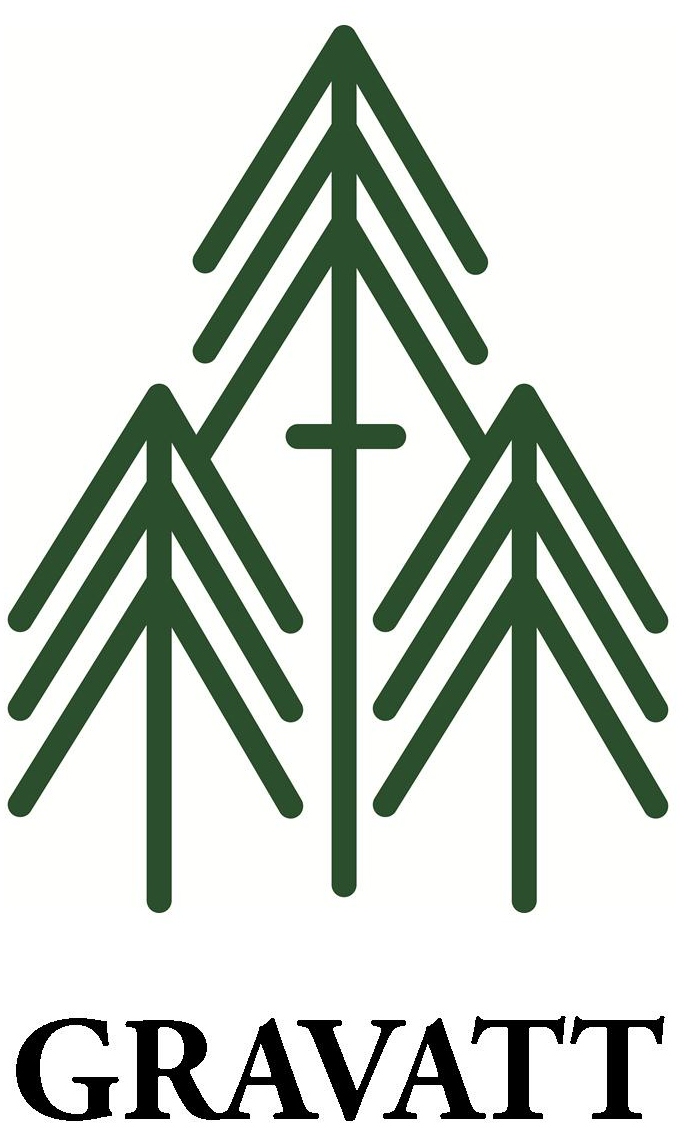What’s in the BOG?
/It should be no surprise to anyone that we love our trees here at Gravatt. We have many great and lovely trees, including the heavily favored Longleaf Pine. We manage extensively for our Upland Longleaf Pine ecosystem; thinning the forest and burning the woods when appropriate. On Sparkleberry Trail, there is a fascinating point where two ecosystems converge and are only separated by the trail itself. At this point, the Longleaf ecosystem meets a very peculiar bog; but what is out in the bog?
Looking off the trail towards Lake Henry, one can spy towering and twisting trees with bark that spirals upward to the sky. This tree is an Atlantic White Cedar, Chamaecyparis Thyoides. The Atlantic White Cedar is a native coniferous tree found all along the east coast, growing in forested wetlands with poor drainage and slightly acidic peat soils. These water-loving trees dominate the canopy of their environment and provide excellent shade for all creatures of the forest during the hotter months. They are often found alongside Longleaf Pines. Though they are not a fire dependent species like the Longleaf, the US Forestry Service recommends periodic burning to create a healthy swamp ecosystem.
Here is a close up of the Atlantic White Cedar, it's unique bark spirals up the tree!
The Atlantic White Cedar is such a beautiful tree to admire, and it is extremely useful. Its strength, lower density, and impeccable resistance to decay made it a prized piece of lumber for woodworking, shingle making, boat building, and general construction; but the Atlantic White Cedar is so much more than just boards of lumber. When we examine its role in the bog, we find that this Cedar preforms some integral tasks to the health of the surrounding area.
This is a shot of a patch of Cedars off of Sparkleberry Trail. Oaks and pines make up a fair portion of the canopy, while in the foreground we have many Inkberry shrubs and Sweet pepperbushes in the understory.
Atlantic White Cedars play an important role in managing the hydrology (the movement and distribution of water above and below the ground) of the bogs. Cedars stabilize the banks of streams preventing erosion and the meandering ways of rivers. Their root systems help to slow down the movement of the streams so that they and the heavy peat soils found in the bogs can filter out pollutants from the water! The most exciting benefit of the Atlantic White Cedar is that it is excellent at storing and sequestering carbon out of the atmosphere. These trees take the carbon dioxide out of the atmosphere and funnel it through their bodies and into the rich peat soil. Peat is a spongy material comprised of partially decomposed organic matter. The matter is only partially decayed because the peat gets covered up in the waters of the wetland ecosystem. The water cuts off the oxygen to the peat which stops the decay process. By slowing down the flow of the water, the Atlantic White Cedar allows the environment to store carbon and create the peat moss! The ecosystem the cedar grows in is unique and other-worldly.
Here is a good photo of the dark black peat soil under the water. To the right lay two dead cedars, but on the bank on the left side of the photo you can see new saplings ready to replace their fallen comrades.
In the United States, the Atlantic White Cedar used to dominate more than 500,000 acres! Presently, just under 125,000 acres remain. This is a dramatic loss of ecosystem range. Over logging, fire prevention, and the draining of swamp lands for farm lands has greatly reduced the Atlantic White Cedar’s range. According to US Forestry Service, the Atlantic White Cedar tree is listed as of Least Concern (meaning it is least likely to become extinct and many species are plentifully found), although the globally community has declared that the Atlantic White Cedar wetlands ecosystem as threatened and dying.
This is the destruction of the cedars. A once healthy stand, now inundated with water due to beaver activity.
Currently at Gravatt we have two main zones where Atlantic White Cedars thrive, but even our stands are threatened by the changing water levels caused by the dam building activity of the North American Beaver. As beavers raise or lower the water level they either inundate or desiccate the Cedars. We have lost a number of cedars due to beaver activity, however more science, more research, and more observation is needed as we move forward with our stewardship of Gravatt. In my most recent field study in the woods I have noted a healthy rebound in the numbers of new cedar saplings: growth is taking place. What treasures and gifts do we hid in the bogs of our lives? Next time you find yourself wandering the woods at Gravatt I hope you all can take time to admire the spiraling bark of the cedar and know that what is in the bog is more than a tree, it is a whole world of ecological wonder, a forest in balance. If you enjoy the Sparkleberry Press and have any topics or questions you want answered send them our way, we would love to explore, research, and learn together!
Young Cedar saplings growing on a mossy island. Fun fact: an Atlantic White Cedar is not a cedar tree, it is actually related to Cypress Trees, neat!
If only photos had smell-o-vision. The Atlantic White Cedar is an aromatic tree that produces quite a lovely scent when cut.







